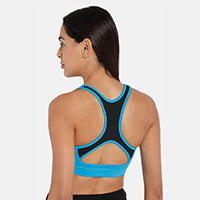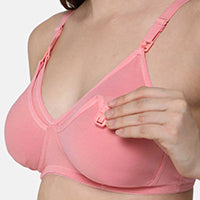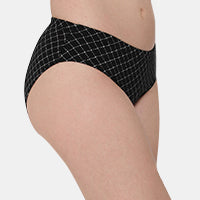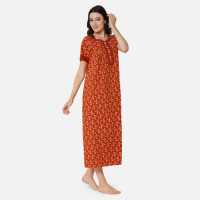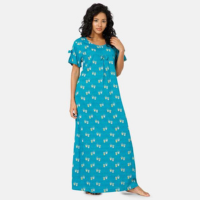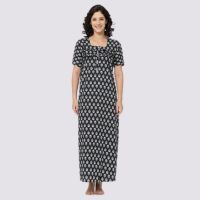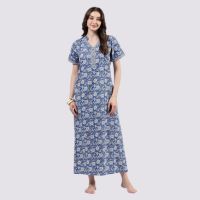Introduction
Breast cancer is one of the most talked-about health concerns for women, yet misinformation still surrounds it. Myths can create unnecessary fear, delay early detection, or prevent women from taking the right steps for their health. Understanding the truth is the first step toward empowerment. Let’s separate myths from facts to spread awareness and encourage every woman to take charge of her health.
Myth 1: Wearing a Bra Causes Breast Cancer
Fact: There is no scientific evidence that bras, underwired or otherwise, cause breast cancer. The fear that bras restrict lymphatic flow has been proven false. Breast cancer develops due to genetic, hormonal, and lifestyle factors—not clothing choices.
Also Read: What is a Mastectomy Bra?
Myth 2: Only Older Women Get Breast Cancer
Fact: While the risk increases with age, younger women can also be diagnosed with breast cancer. Early detection is crucial at any age, so regular self-examinations and awareness are important for all women.
Myth 3: Breast Cancer Always Comes with a Lump
Fact: A lump is one of the most common signs, but not the only one. Breast cancer can also show symptoms such as skin dimpling, nipple discharge, changes in breast size or shape, and persistent pain. Regular screenings help detect cancer even before symptoms appear.
Myth 4: If No One in My Family Had Breast Cancer, I’m Safe
Fact: Family history increases the risk, but most women diagnosed with breast cancer have no family history. Lifestyle, age, hormonal changes, and environmental factors also play major roles.
Myth 5: Mammograms Are Dangerous and Cause Cancer
Fact: The radiation from a mammogram is extremely low and safe. In fact, mammograms save lives by detecting breast cancer at an early stage, when treatment is most effective.
Myth 6: Men Don’t Get Breast Cancer
Fact: Though rare, men can also develop breast cancer. Awareness is equally important for men, as delayed diagnosis often leads to more advanced stages of the disease.
Myth 7: A Healthy Lifestyle Guarantees Protection
Fact: Eating well, exercising, and avoiding smoking and alcohol significantly reduce risk but do not eliminate it entirely. Regular screenings and check-ups remain essential even for women who live a healthy lifestyle.
How Awareness Helps
Awareness breaks down stigma and fear. When women know the facts, they are more likely to seek medical help on time. Support groups, campaigns, and open conversations also help create a strong network of encouragement and care.
Also Read: Breast Cancer Awareness Month: All You Need To Know
What You Can Do
-
Perform regular breast self-examinations.
-
Schedule regular screenings after 40, or earlier if you’re at higher risk.
-
Share correct information with family and friends.
-
Support awareness campaigns and community initiatives.
Also Read: All about shape of breast: Everything you need to know
Conclusion
Breast cancer myths can cause confusion and delay life-saving action. By understanding the facts, women can feel more confident, informed, and proactive about their health. Together, through awareness and support, we can fight against misinformation and empower every woman with knowledge.
Popular Searches
Women Clothing | Men Clothing | Kids Collection | Bras | Panties | Slips | Inskirts | Readymade Blouses | Kurtas | Nighties | Beginners Bra | T-Shirt Bra | Saree Bra | Sports Bra | Feeding Bra | Padded Bra | Lingerie Combo Pack | Outer Elastic Panties | Inner Elastic Panties | Plain Panties | Printed Panties | Bra Slip | Kurta Slips | Cotton Slips | Tank Tops | Camisoles | Saree Petticoat | Saree Shapewear | Bottom Slip | Knitted Blouses | Silk Cotton Blouses | Ikat Blouse | Princess Cut Blouses | 2 by 2 Blouse | Tunic Tops for Women | Kurta Sets for Ladies | Ethnic Wear For Women | Short Kurtis for Women | Round Neck Kurti for Women | V Neck Kurtis Women | Mandarin Collar Kurtis for Women | Cotton Kurtha | Printed Kurtis for Women | Night Pants for Men | Men’s Shirt | Men’s Shorts | Mens TShirt | Boys Wear | Girls Wear | Infants’ Clothing | Henley T-Shirts for Men | Cotton Shorts for Men | Printed Half Sleeve Shirts for Men | Thuli Bed | Infant Towels | Newborn Pillow | Newborn Nappies | Nappy Pads for Newborn | Baby Essentials | Newborn Sleeping Bed




